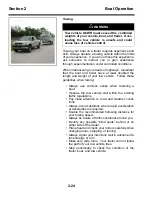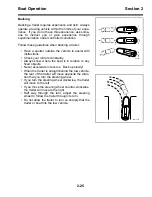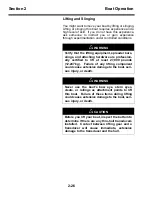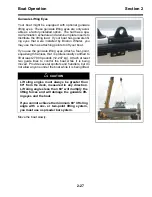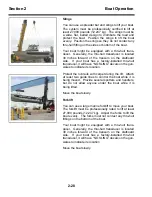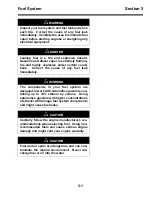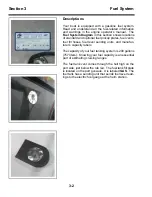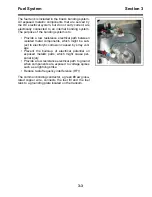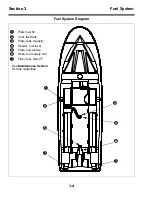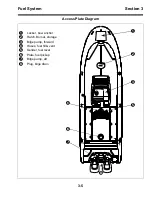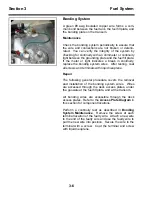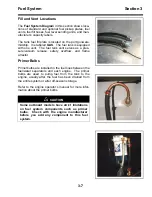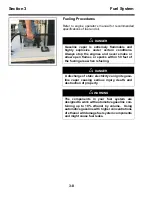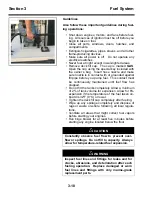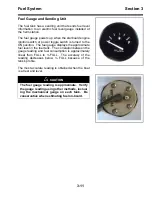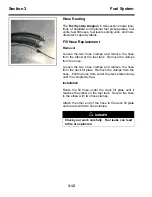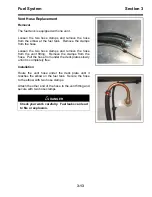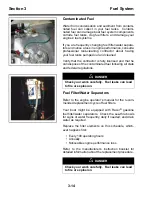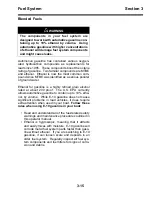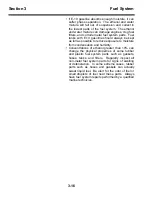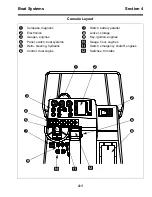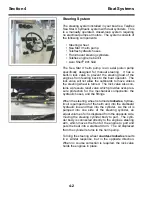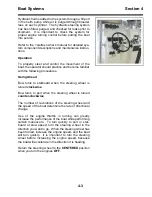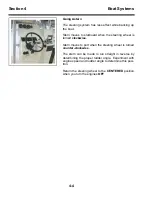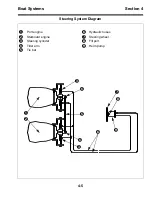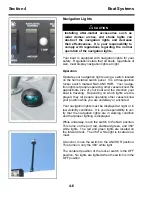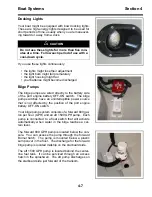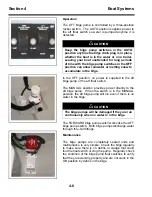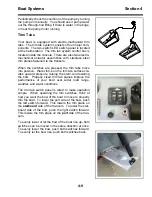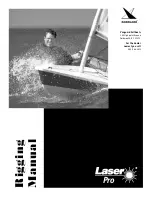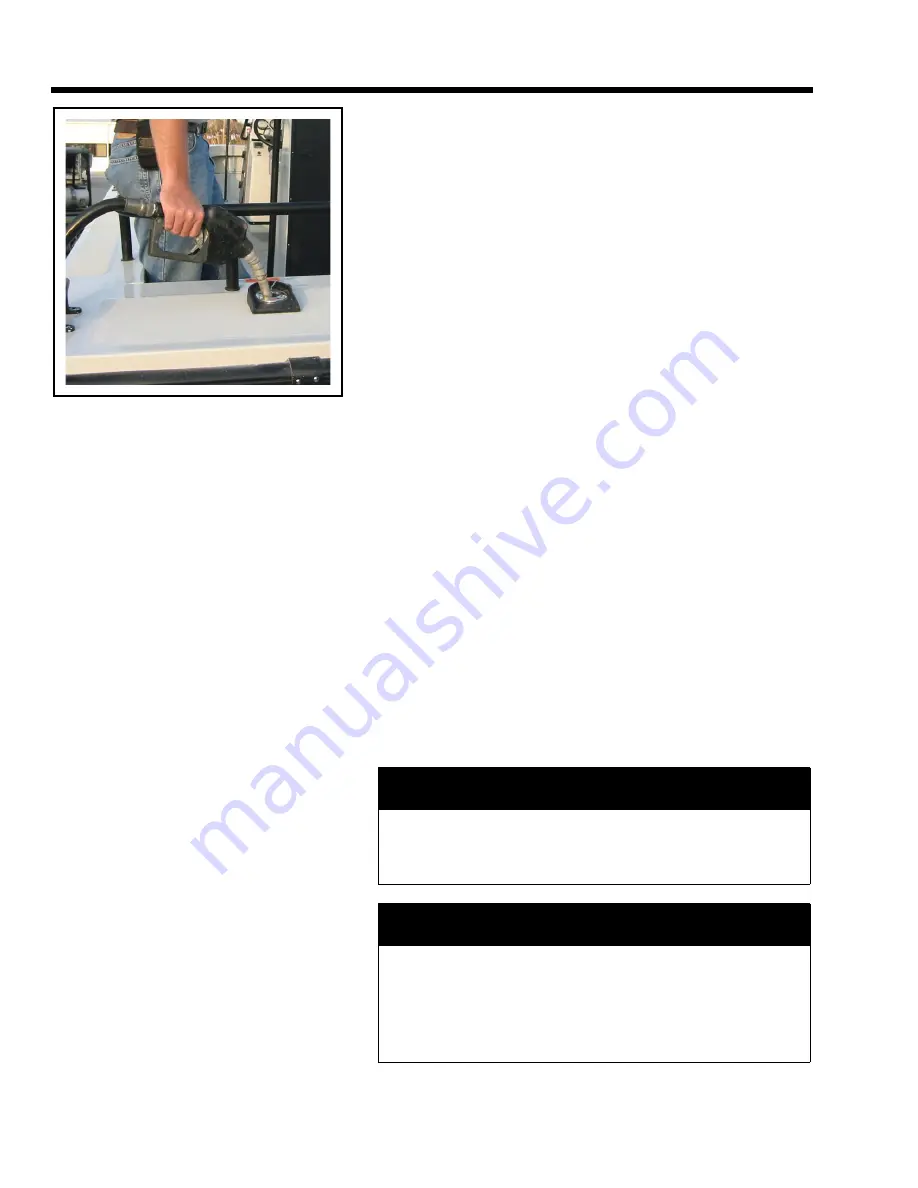
3-10
Section 3
Fuel System
Guidelines
Also follow these important guidelines during fuel-
ing operations:
• Shut down engines, motors, and fans before fuel-
ing. All sources of ignition must be off before you
begin to take on fuel.
• Close all ports, windows, doors, hatches, and
compartments.
• Extinguish cigarettes, pipes, stoves, and all other
flame-producing devices.
• Make sure all power is off. Do not operate any
electrical switches.
• Never fuel at night except in well-lighted areas.
• Remove deck fill cap. The cap is marked
GAS
.
Open the cap using the special key included with
the owner’s bag. Insert hose nozzle and make
sure nozzle is in contact with or grounded against
fill pipe before you pump fuel. This contact must
be continuously maintained until fuel flow has
stopped.
• Do not fill the tanks completely. Allow a minimum
of 2% of tank volume for expansion. Allow for 6%
expansion if the temperature of the fuel taken on-
board is 32°F (0°C) or lower.
• Tighten the deck fill cap completely after fueling.
• Wipe up any spillage completely and dispose of
rags or waste on-shore following all local regula-
tions.
• Ventilate all areas that might collect fuel vapors
before starting your engines.
• Run bilge blower for at least five minutes before
starting any engine located below the floor.
!
CAUTION
Constantly observe fuel flow to prevent over-
flow or spillage. Do not fill to capacity. Always
allow for temperature-related fuel expansion.
!
WARNING
Inspect fuel lines and fittings for leaks and for
cracks, abrasions, and deterioration after each
fueling operation. Replace damaged or worn
fuel lines and fittings with only marine-grade
replacement parts.
Summary of Contents for Boston Whaler 26 Justice Series
Page 14: ...1 10 Operator Notes...
Page 76: ...4 18 Operator Notes...
Page 94: ...5 18 Operator Notes...
Page 111: ......

